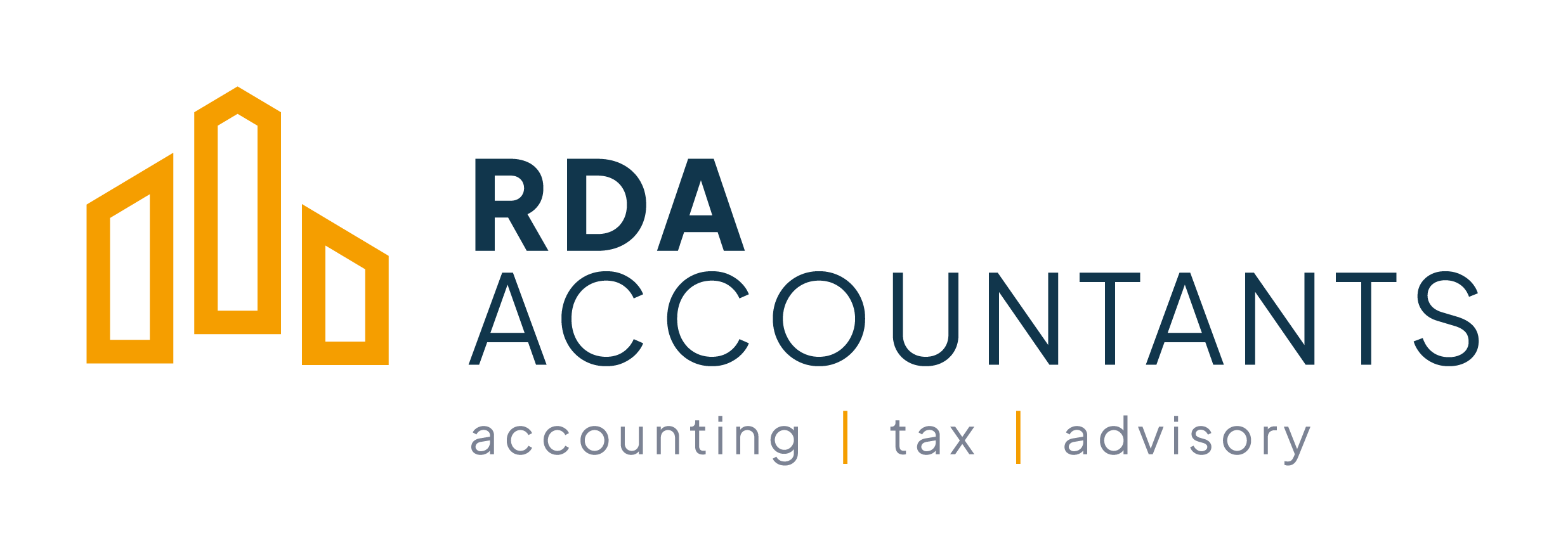General Information The Government announced new measures to provide financial support to Irish...
Government announce new Employment Wage Subsidy Scheme ( EWSS). The EWSS will apply until 31 March 2021
As part of the July Stimulus package released on 23 July, the government announced the introduction of a new Employment Wage Subsidy Scheme (EWSS) which will apply until 31 March 2021. The EWSS is included in the Financial Provisions (Covid-19) (No. 2) Bill 2020. The Bill is subject to change and issuance of Revenue guidance. The EWSS will run in parallel with the existing Temporary Wage Subsidy Scheme (TWSS) until 31 August at which stage the TWSS will cease.
Under the new EWSS, the subsidy will be paid directly to the employer. The employer will pay the employee their normal wages and will then receive a subsidy from the Revenue in respect of each eligible employee following submission of the payroll return. All gross payments made to employees should be fully liable to PAYE and USC in the normal way.
For employees that the EWSS applies to, employer PRSI is to apply at a reduced rate of 0.5%, but it appears employee PRSI will be at normal rates.
EWSS employer eligibility
To be eligible to participate in the EWSS, the employer must be able to demonstrate to the satisfaction of Revenue that their business has been significantly disrupted as a result of COVID-19, i.e. demonstrate at least a 30% decline (or such other percentage determined by the Minister for Finance) in either turnover or customer orders received during the period 1 July 2020 to 31 December 2020 as compared to the same period in 2019.
The rules require an employer to reassess the position on a monthly basis. If it is clear that a reduction of least 30% in turnover or customer orders between July to December 2020 will not be met, the employer should withdraw from the EWSS by notifying Revenue using Revenue’s Online System (ROS).
In cases where the business of the employer has not operated for the whole of the corresponding period in 2019, the following will apply:
- Where the business operations have commenced on or before 1 November 2019, the 30% decline test must be determined in 2020 by reference to the same reference period last year in which the business was in operation.
- Where the business operations have commenced after 1 November 2019, the employer must be able to show that the turnover or customer orders during the period 1 July to 31 December 2020 will be at least 30% less than what the turnover or customer orders would have been.
Where the employer is a registered childcare provider, the EWSS is available without the requirement to meet the 30% reduction in turnover or customer orders test.
While the reduction in turnover/customer orders of 30% to qualify for the EWSS is a higher reduction than the current TWSS (which required a 25% reduction in Q2 2020), there is no requirement for the employer to demonstrate an inability to pay wages which caused confusion under the TWSS.
In order to be eligible for the EWSS throughout the entire period, the employer must be able to hold a valid tax clearance certificate.
EWSS employee eligibility
Eligible employees include an individual who is on the payroll of the employer at any time in the “qualifying period” i.e. between 1 July 2020 and 31 March 2021. It excludes proprietary directors of the employer company and an employee who is connected with the employer unless such connected person was on the payroll of the employer between 1 July 2019 and 30 June 2020 and received pay from the employer during that time.
From 1 July, employers currently availing of the existing TWSS can claim the new EWSS in respect of new hires. Where an employer is entitled to receive a subsidy for an employee under the existing TWSS, that employee must remain in the TWSS until the end of August and should not avail of EWSS.
The TWSS was not available to employees who were not on payroll in February 2020. The inclusion of seasonal workers and new hires in the EWSS is a very welcome development.
EWSS subsidy rates
Eligible employers will receive a subsidy per employee on a flat rate basis which will be determined based on the amount of gross pay that the employer pays to the eligible employee as follows:
Weekly Gross Pay Weekly subsidy payable
€151.50 €0
€151.50 - €202.99 €151.50
€203 - €1,462 €203
€1,462 €0
The subsidy will be paid by Revenue to the employer via an electronic bank transfer after the employer submits their payroll return to Revenue for the relevant pay period.
Anti-avoidance
The EWSS rules also contain provisions that are not in the TWSS rules which exclude cases from EWSS:
- where an employer has “resorted to any contrivance” by way of deferring, suspending, increasing or decreasing normal gross pay “with a view to securing … a subsidy payment”. Therefore, a pay adjustment for an employee in order to avail of EWSS will not be allowed.
- situations where an employee is laid off and removed from the payroll and replaced with two or more employees for whom the subsidy would be available and who work less hours than the former employee.
In such cases, the employer will not be eligible for the EWSS and any subsidy payments would need to be repaid to Revenue with potential interest and penalties.
Registration process
The employer will be required to register for the EWSS on ROS by declaring that the eligibility criteria are met. This is similar to the TWSS process.
From 31 July 2020, those employers who have not previously availed of the TWSS, will only be eligible to apply for the new EWSS (assuming the various eligibility criteria are met).
Publication
Similar to the TWSS, the names and addresses of all employers who avail of the EWSS will be published on revenue.ie.

